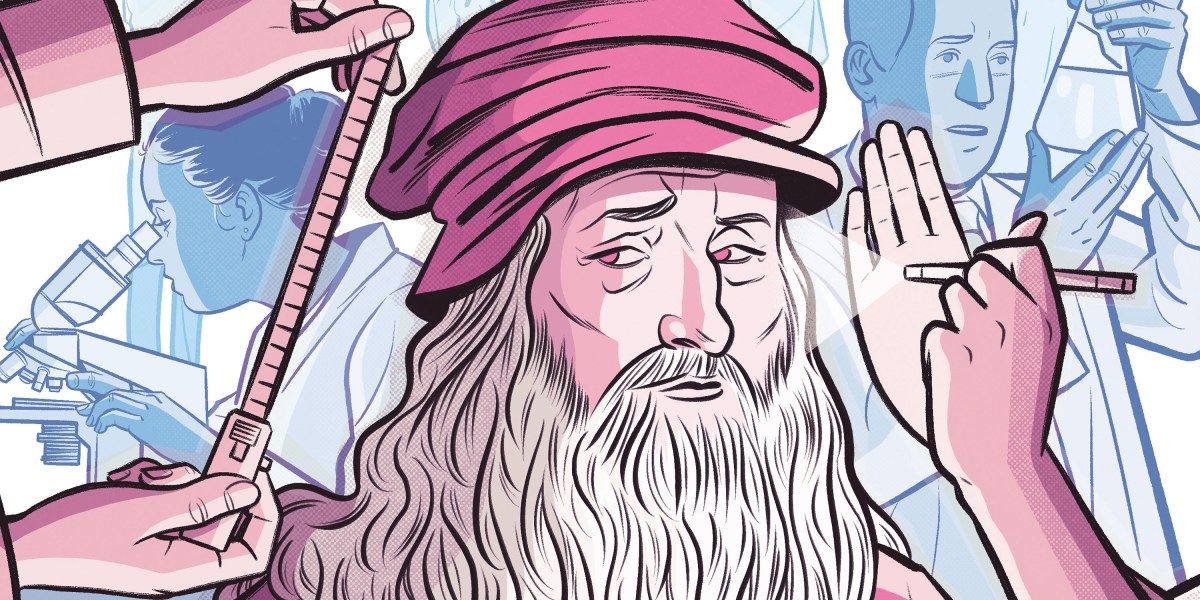Imagine if you didn’t have to accept the features some tech genius announced on a wave of hype. Imagine if, instead of downloading some app someone else built, you could describe the app you wanted and then make it with a computer’s help, by reassembling features from any other apps ever created. Comp sci geeks call this notion of recombining capabilities “composability.” I think the future is composability—but composability that anyone can command.
This idea is already lurching to life. Notion—originally meant as enterprise software that let you collect and create various docs in one place—has exploded with Gen Z, because unlike most software, which serves only a narrow or rigid purpose, it allows you to make and share templates for how to do things of all kinds. You can manage your finances or build a kindergarten lesson plan in one place, with whatever tools you need.
Now imagine if you could tell your phone what kinds of new templates you want. An LLM can already assemble all the things you need and draw the right interface for them. Want a how-to app about knitting? Sure. Or your own guide to New York City? Done. That computer will probably be using an LLM to assemble these apps. Great. That just means that you, as a normie, can inspect and tinker with the prompt powering the software you just created, like a mechanic looking under the hood.
One day, hopefully soon, we’ll look back on this sad and weird era when our digital tools were both monolithic and ungovernable as a blip when technology conflicted with the human urge to constantly tinker with the world around us. And we’ll realize that the key to building a different relationship with technology was simply to give each of us power over how the interface of the future is designed.
Cliff Kuang is a user-experience designer and the author of User Friendly: How the Hidden Rules of Design Are Changing the Way We Live, Work, and Play.




